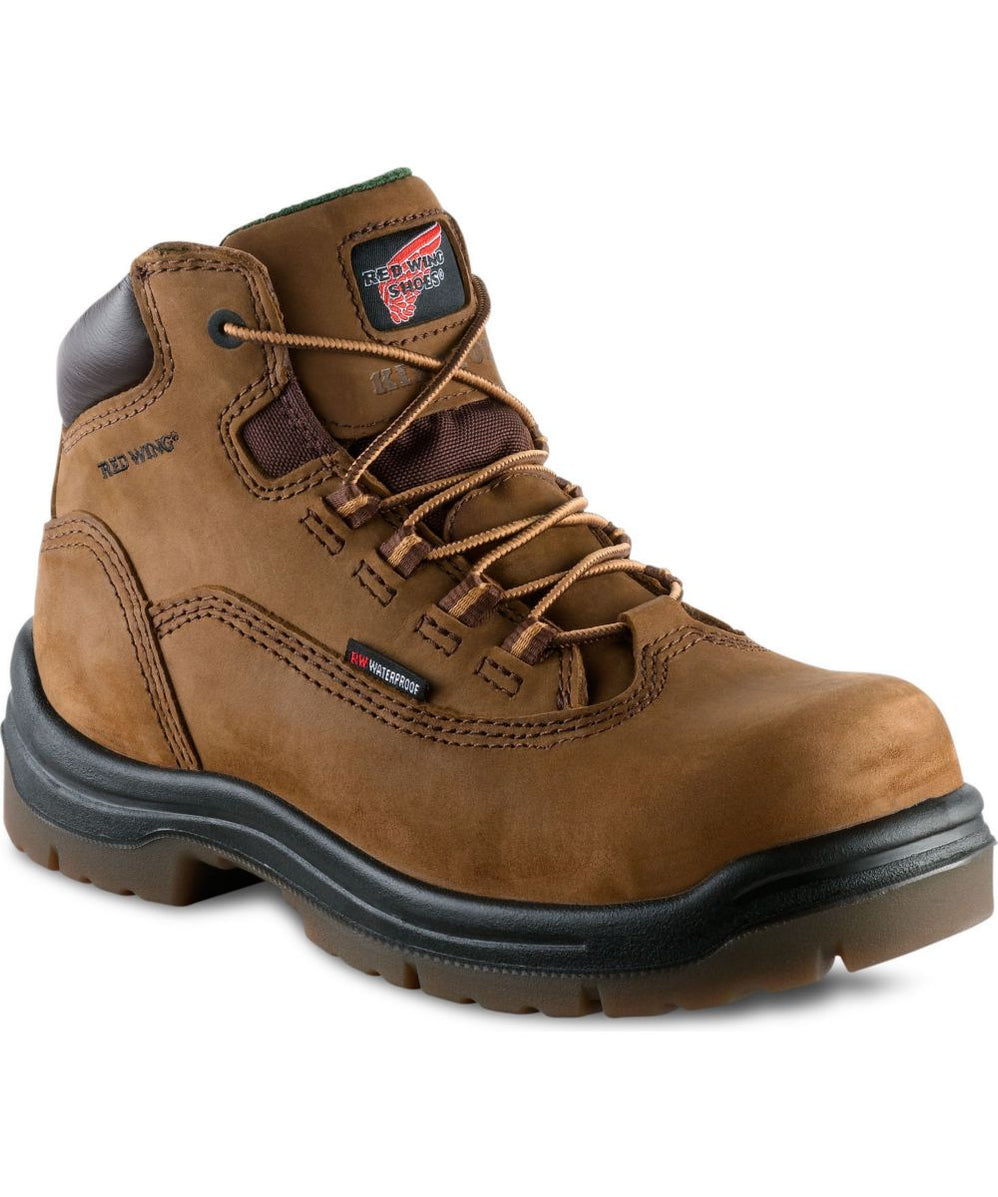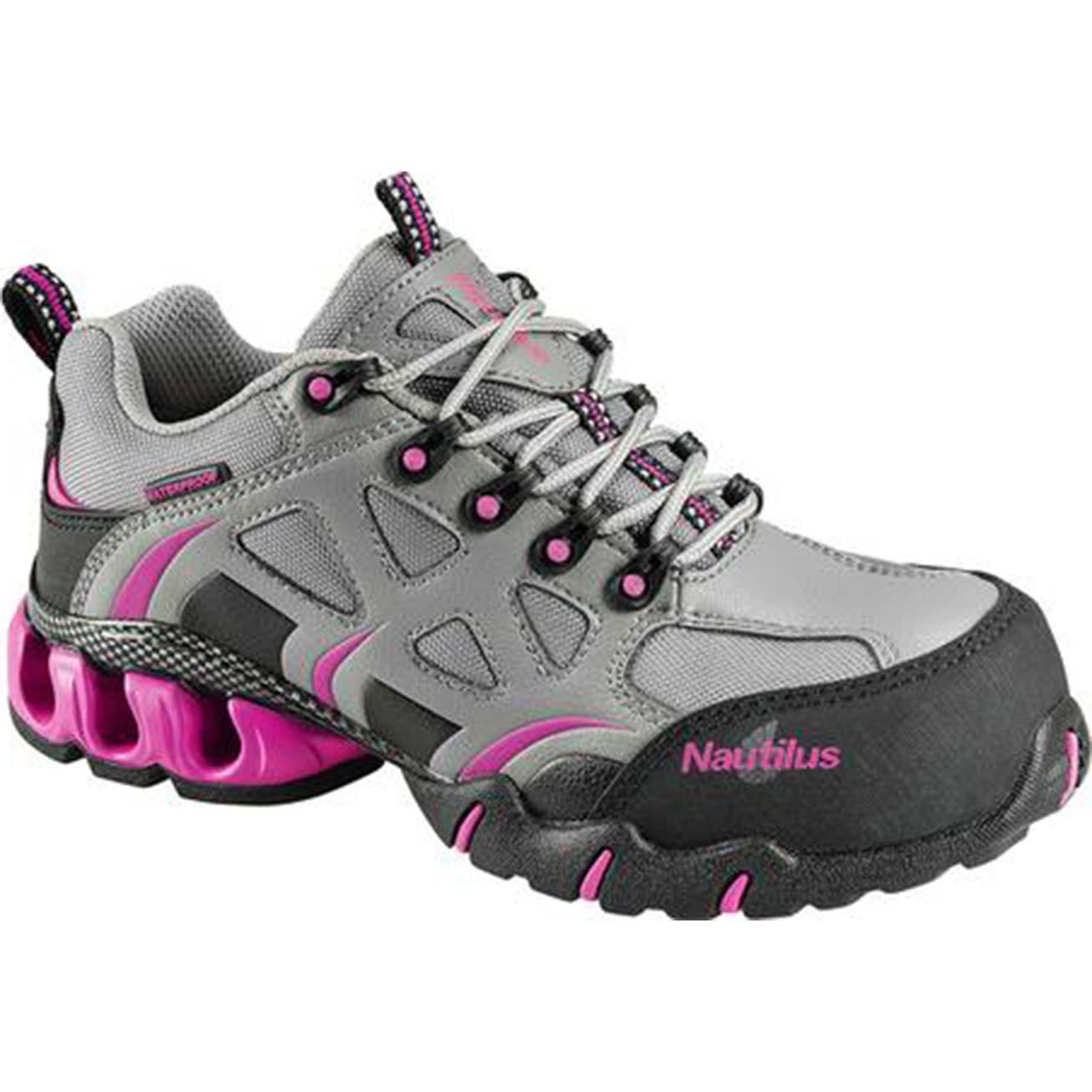Why Composite Toe Work Shoes Are a Must-Have for Women
In many industries, women are exposed to hazardous work environments that put their feet at risk of injury. According to the Occupational Safety and Health Administration (OSHA), foot injuries are a leading cause of workplace accidents, resulting in significant medical costs, lost productivity, and even long-term disability. Wearing protective footwear, such as women’s composite toe work shoes, is essential to mitigate these risks and ensure a safe working environment. Composite toe work shoes offer a superior level of protection compared to regular shoes, as they are designed to withstand heavy impacts and compression. By investing in a good pair of women’s composite toe work shoes, women can significantly reduce the risk of foot injuries and related health problems, allowing them to focus on their work with confidence and peace of mind.
What to Look for in Women’s Composite Toe Work Shoes
When selecting the right women’s composite toe work shoes, there are several key features to consider. Comfort is a top priority, as shoes that fit well and provide adequate support can reduce fatigue and discomfort during long work hours. Look for shoes with cushioning, breathable materials, and a comfortable toe box. Durability is also crucial, as women’s composite toe work shoes are often subjected to heavy wear and tear. Choose shoes with high-quality materials, such as leather or durable synthetics, and reinforced stitching. Safety certifications, such as ASTM or ANSI, are also essential, as they ensure that the shoes meet rigorous safety standards. Additionally, consider the specific hazards of your workplace, such as slip resistance, electrical hazard protection, or puncture resistance, and choose shoes that address these risks. By prioritizing these features, women can find women’s composite toe work shoes that provide both comfort and protection on the job.
How to Choose the Best Composite Toe Work Shoes for Your Job
Selecting the right women’s composite toe work shoes for your occupation is crucial to ensure optimal protection and comfort. Different jobs pose unique hazards, and it’s essential to choose shoes that address these specific risks. For example, construction workers may require shoes with puncture-resistant soles and ankle protection, while healthcare professionals may need shoes with slip-resistant soles and easy cleaning features. Manufacturing workers may benefit from shoes with electrical hazard protection and breathable materials. When choosing women’s composite toe work shoes, consider the specific hazards of your workplace and look for shoes that meet those needs. Additionally, consider factors such as the frequency of use, the type of flooring, and the level of physical activity required. By taking these factors into account, women can find women’s composite toe work shoes that provide the right level of protection and comfort for their job.
Top Picks: Women’s Composite Toe Work Shoes for Comfort and Protection
When it comes to women’s composite toe work shoes, there are several top brands that stand out for their comfort, protection, and durability. Dr. Martens, for example, offers a range of women’s composite toe work shoes with air-cushioned soles and breathable materials, making them ideal for workers who spend long hours on their feet. Timberland’s women’s composite toe work shoes are known for their rugged durability and slip-resistant soles, making them a popular choice for construction and manufacturing workers. Thorogood’s women’s composite toe work shoes are designed for comfort and protection, with features like cushioned insoles and electrical hazard protection. Other top brands include Carhartt, Dickies, and 5.11 Tactical. When selecting the best women’s composite toe work shoes for your needs, consider factors such as comfort, durability, and safety features, as well as the specific hazards of your workplace. By choosing a high-quality pair of women’s composite toe work shoes, women can enjoy improved comfort, protection, and productivity on the job.
The Benefits of Composite Toe Over Steel Toe Work Shoes
When it comes to protective footwear, many workers assume that steel toe work shoes are the only option. However, women’s composite toe work shoes offer several advantages over their steel toe counterparts. One of the most significant benefits is their lighter weight, which can reduce fatigue and discomfort during long hours of wear. Composite toe work shoes are also often more comfortable, with cushioning and breathable materials that promote airflow and reduce sweat buildup. Despite their lighter weight, composite toe work shoes provide equal protection to steel toe shoes, meeting or exceeding safety standards for impact and compression resistance. Additionally, composite toe work shoes are often more versatile, with styles and designs that can accommodate a range of workplace environments and dress codes. By choosing women’s composite toe work shoes over steel toe work shoes, women can enjoy improved comfort, reduced fatigue, and equal protection on the job.
Breaking In Your New Composite Toe Work Shoes
When you first get your new women’s composite toe work shoes, it’s essential to break them in properly to ensure a comfortable and smooth transition. One of the most critical steps is to wear them for short periods, gradually increasing the time as your feet adjust. This will help prevent blisters and discomfort. It’s also a good idea to wear thick socks to cushion your feet and reduce friction. Additionally, consider applying moleskin or blister pads to high-friction areas to prevent irritation. Another tip is to walk around your home or office to get used to the new shoes before wearing them on the job. By breaking in your new women’s composite toe work shoes gradually and carefully, you can reduce the risk of discomfort and ensure a comfortable fit that will last all day.
Common Misconceptions About Composite Toe Work Shoes
Despite their growing popularity, there are still several common misconceptions about women’s composite toe work shoes. One of the most prevalent myths is that they offer inferior protection compared to steel toe work shoes. However, this is simply not true. Composite toe work shoes meet or exceed the same safety standards as steel toe shoes, providing equal protection against impact and compression. Another misconception is that composite toe work shoes are limited in terms of style and design. In reality, many brands offer a wide range of styles and designs to suit different occupations, preferences, and dress codes. Additionally, some people believe that composite toe work shoes are more expensive than steel toe shoes. While this may be true in some cases, the benefits of improved comfort, reduced fatigue, and equal protection make them a worthwhile investment for many workers. By understanding the facts and debunking these common misconceptions, women can make informed decisions about their protective footwear and choose the best women’s composite toe work shoes for their needs.
Investing in Your Safety: The Value of High-Quality Composite Toe Work Shoes
When it comes to protective footwear, investing in high-quality women’s composite toe work shoes is crucial for ensuring safety, comfort, and productivity in the workplace. While it may be tempting to opt for cheaper alternatives, the long-term benefits of high-quality composite toe work shoes far outweigh the initial cost. For one, high-quality composite toe work shoes provide superior protection against foot injuries, reducing the risk of accidents and downtime. Additionally, they are designed to be more comfortable and durable, reducing fatigue and discomfort that can impact productivity. Furthermore, high-quality composite toe work shoes are often made with premium materials and craftsmanship, ensuring a longer lifespan and reducing the need for frequent replacements. By investing in high-quality women’s composite toe work shoes, women can enjoy a safer, more comfortable, and more productive work environment, ultimately leading to improved job satisfaction and overall well-being.





